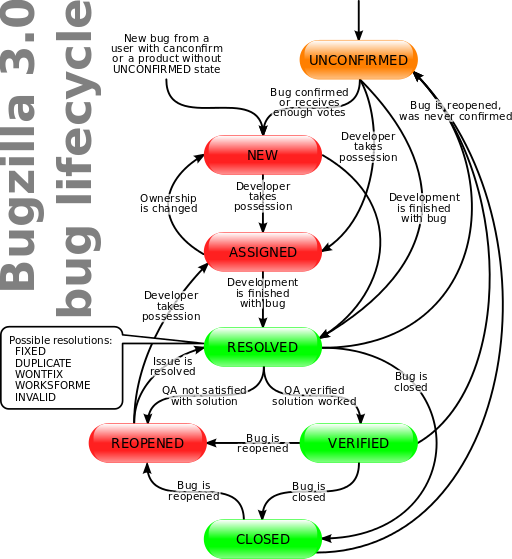"the open market value of a supply of goods or services shall be taken to be the amount that would fall to be taken as its value ... if the supply were for such consideration in money as would be payable by a person standing in no such relationship with any person as would affect that consideration."
Therefore, the value must be expressed in money, as determined on an arm's-length basis. In most circumstances that will not be a problem, but watch out for the exceptions:
- What if the item is being provided in exchange for another good or service, with or without money being paid?
- What if the item is being supplied being related parties, and is thus not at arm's length?
The first issue is directly relevant to barter and trade-ins, on which the CRA has issued Interpretation Bulletin IT-490 to cover related income tax issues, and GST memorandum GST-300-7 for GST/HST issues. These are definitely worth reviewing, as:
- assets may need to identified as capital, inventory or otherwise,
- the transaction could trigger either income or capital gain or loss,
- the item on one side could be taxable for GST/HST purposes, whereas the other side could be exempt.
These are just the basic questions.
The second issue is even more complex:
- While certain related parties have been deemed by statute to not operate at arm's length (eg, those related by "blood, marriage or adoption"), there are still circumstances where parties otherwise unrelated are still so closely connected that the courts would consider them not to be at arm's length as well.
- The exchange of goods and services in such circumstances can never be for nil consideration, except under very restricted circumstances by way of election.
- S. 69 of the Income Tax Act requires such transactions to be undertaken at fair market value. To enforce this, it has a severe penalty: the party that provides the supply at an undervalue will be deemed to have disposed of it at FMV, while the receiver can only record its cost at the amount it actually paid for it. In that regard, it has been held that a promise to pay the difference cannot be accepted, unless it is in the form of a mortgage or demand note.
- This consequence can be mitigated in the case of property being transferred by taxpayers to a qualifying Canadian corporation under s. 85, where the consideration must include shares of the corporation. By filing form T2057, both parties are able to fix a value that falls anywhere between FMV and a specified floor value for the property in question, but only if the form is filed within a specified time.
- Because of multiple cross-border issues that may arise (the most notable of which are transfer pricing and non-resident withholding tax), all non-arm's-length transactions with non-residents must be reported annually to the CRA on form T106.
How then to mitigate your exposure to any adverse moves from the CRA? The following should be basic measures:
- All transactions should be recorded, with ones in the normal course of business being properly invoiced, and extraordinary ones being the subject of a written agreement.
- You should normally price transactions the same way you would do for your better customers for the same product or service. However, there are transactions that will not occur with outside parties that will need to be addressed.
- The CRA encourages businesses to enter into an Advance Pricing Agreements to cover issues arising from cross-border transactions with non-resident parties not at arm's length. The underlying concepts for these are sound, and similar work should be undertaken for pricing domestic transactions.
- For the disposal of property that is not a normal supply of a good or service, such as the transfer of real estate, plant equipment or an entire operation, a proper valuation will be required. That can be an expensive proposition as CBVs do not come cheap.
- Be sure to record any shares that were issued, and make doubly sure that any debts are properly secured through the appropriate registrations and other formalities.
- Settle intercompany debts on a regular basis, and do not roll them over into shareholder loans. Failure to do so on cross-border transactions could trigger deemed dividends with related withholding tax obligations.
- Be sure to get all of this appropriately reviewed by your lawyer and CPA, xxx, especially before it gets past the point of no return.
- Keep all documentation that occurred at the time of the transaction! Contemporaneous files will always carry greater weight, and the courts always seem to be skeptical of work that is undertaken after the fact.
Once that is done, everything will almost appear to be easy in comparison.





